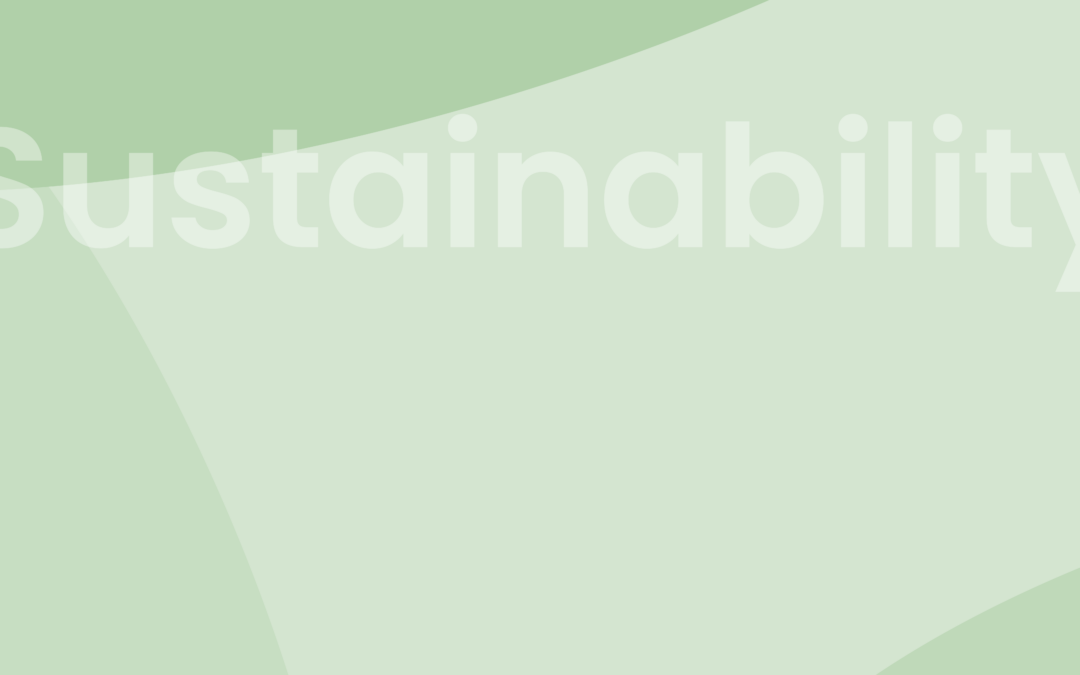The promotional industry is all about making an impact. The more often we get attention for our brands, the better. But in this age of ecological awareness, where sustainability increasingly important, we face new challenges. As buyers - marketing and communications managers - we need to be aware of the footprint our marketing materials leave behind. But how do we navigate a world where greenwashing is lurking and supplier information is not always transparent?
Let's face it: the path of marketing materials and sustainability is complex. Even at Attentives, we recognise our vulnerability in the quest. We are far from where we want to be. The reality is that many marketing materials are not yet produced in a sustainable way. Nevertheless, we are following the trends and developments closely, hoping to accelerate the transition to greater sustainability.
An important step in this process is recognising that less is often more. This may sound counterintuitive in a field that revolves around visibility and presence. But the truth is that reducing the amount of marketing materials, or even discontinuing them altogether, can have the highest possible long-term impact on our planet. However, this transition will not happen overnight. It requires a subtle balance and a new way of thinking about marketing and communication so that marketing materials and sustainability can go hand in hand.
Greenwashing
The challenge of greenwashing is also something to be seriously considered. In an era when almost every company presents itself as 'green', it is difficult to determine what is truly sustainable. We need to be critical of the information we get from our suppliers and encourage them to be more transparency. At Attentives, we always try to know the background of our products, but also recognise that we depend on the information we are given. This is a vulnerable position, but it is a reality we cannot run away from.
All this does not mean that we should immediately stop using marketing materials. They still play a key role in connecting with our audience and communicating our message and brand value. It does mean that we have to choose more consciously. We need to evaluate the impact of every item we produce and ask ourselves if it is really necessary. Is there a more sustainable option available? Can we reuse or recycle materials? Is the quality of the product sufficient for the intended purpose? Do we have sufficient budget to deliver the quality we should? These are the questions we need to ask ourselves.
Product life cycle
At the same time, it is important to recognise that sustainability is not just about the physical product. It is also about the life cycle of a product, the way it is produced, and its long-term impact on the environment. By choosing suppliers that adopt sustainable practices and by choosing materials that have less environmental impact, we can make a difference in marketing materials and sustainability.
At Attentives, we understand that this transition takes time. We are on a path of continuous improvement, learning from our experiences and adapting to new insights. We invite our clients to join us on this journey, to work together to create a future where marketing and sustainability go hand in hand. Together, let's take on the challenge of minimising our impact on the planet, while still running effective and inspiring marketing campaigns.
Together, we make a difference.
In this time of change and challenge, it is more important than ever to make conscious choices. Let's use the power of marketing to improve not only our brand, but also our planet. Together, we can make a difference.

